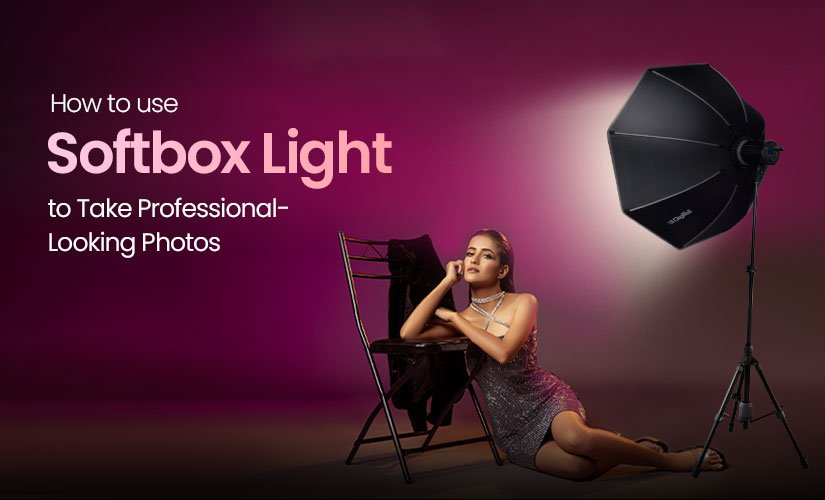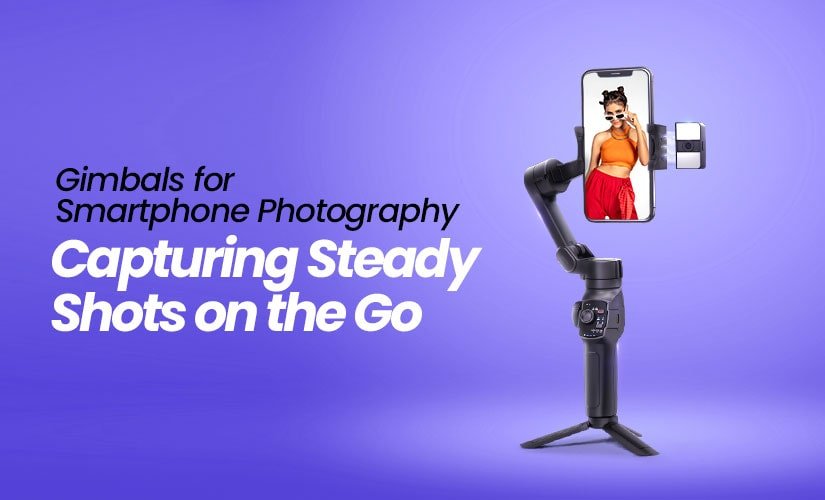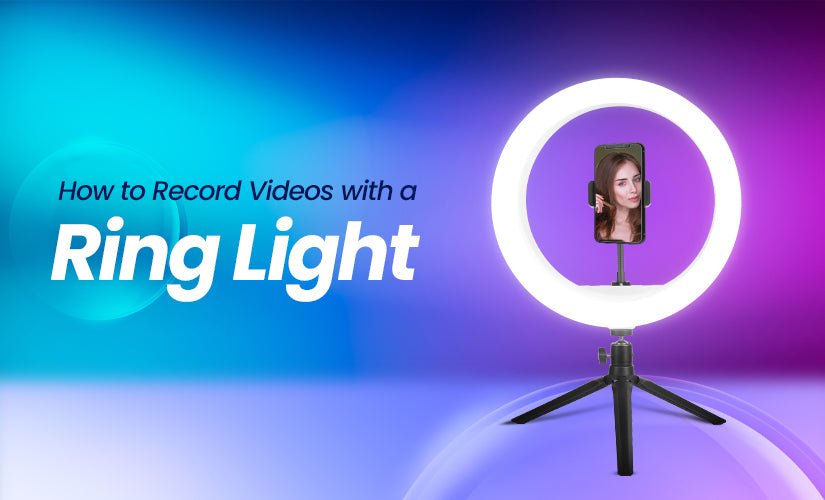Softbox lights are an essential tool for photographers looking to take their skills to the next level. These versatile lighting fixtures can enhance your photos by effectively capturing light and creating a professional look. One of the main advantages of softboxes is their ability to produce soft, diffused light. Unlike bright, direct light, which can create unflattering shadows and highlights, softbox LED lights distribute light evenly. This soft, diffused light is ideal for portrait photography as it helps minimize skin imperfections and creates a natural, attractive glow on your subject's face. Another advantage of softbox lights is their versatility. They can be used in different situations and for different types of photography.
Whether you're shooting portraits, still life, or even product photography, the softbox's lighting can be adjusted and positioned to achieve the desired lighting effect. You can use them as a key light, fill light, or even a backlight to add depth and dimension to your images. Softbox lights also offer the ability to control the direction and intensity of the light. Most softbox LED lights come with adjustable shades or grilles that allow you to control the spread of the light. This allows you to create dramatic lighting effects or highlight certain areas of the object. By manipulating the position and angle of the softbox lighting, you can create different moods and atmospheres in your photos.
Understanding Softbox Lights
Before we delve into their uses, let’s take a look at what softbox light stands for. Softboxes are light modifiers designed to create soft, diffuse lighting. They consist of a box-shaped structure covered with translucent fabric. The inside of the softbox is lined with reflective material that directs and diffuses light evenly. This diffusion eliminates harsh shadows and provides pleasant, even lighting. Softbox LED lights come in various shapes and sizes, including square, rectangular, and octagonal, offering versatility for different photography scenarios.
Setting Up Your Softbox
To begin, assemble your softbox light with a stand following the manufacturer's instructions. Place your light source, such as a strobe or continuous light, inside the softbox. Ensure that the light source is securely fastened to the designated mounting point. Once the light source is in place, attach a softbox's front diffuser panel. This panel plays a key role in softening and diffusing the light.
Positioning the Softbox
The correct position of the softbox is important. Aim it at the subject to achieve the desired lighting effect. The typical setup is a “key light” positioned at a 45-degree angle to the subject. A key light is the main light source that illuminates an object. Experiment with different angles and distances to find the right balance for your shooting style.
Using a Reflector
The reflector can complement the softbox light by helping to reflect and direct light onto an object. The reflectors are available in a variety of colors including silver, gold, and white, each providing different lighting effects. Silver reflectors ensure high reflection and thus increase brightness. Gold reflectors add warmth to the light, while white reflectors create a softer, more neutral effect. Experiment with spotlights to give your photos the look you want.
Modifying Light with Accessories
Softbox lights can be customized with various accessories. For example, louvers help control the spread of light by preventing it from reaching unwanted areas. However, barn doors allow for precise control of the direction of light. Diffusion panels can be added for extra softness. These accessories allow photographers to customize lighting to suit different subjects and styles.
Portrait Photography with Softbox Lights
In portrait photography, softbox lights are particularly useful for achieving attractive, smooth skin tones. When working with models, place the softbox slightly above eye level to create soft, attractive reflections in your subject's eyes. This approach adds depth and dimension to the portrait.
Product Photography with Softbox Lights
For product photography, softbox lights with stand can create a controlled, even lighting setup. Place softbox lighting on both sides of the product to avoid shadows and ensure even lighting. This gives your product a clear, well-lit appearance without annoying shadows.
Food Photography with Softbox Lights
When shooting delicious food, the softbox lighting can highlight the texture and colors of the food. Place the softbox at a 45-degree angle to the food to illuminate it evenly. Adjust the distance and angle of the softbox to control the intensity and direction of the light. For creative food photos, experiment with different props and diffusers to create the atmosphere you want.
Softbox Lights for Studio Photography
In a studio environment, softbox lights are essential for creating controlled lighting configurations. You can combine multiple softboxes to illuminate different aspects of an object or scene. By adjusting the position, angle, and intensity of each softbox, you can achieve the lighting effects you want. This level of control is particularly useful for studio portraits, product photography, and still-life compositions.
Outdoor Photography with Softbox Lights
Although softbox lights are often used in studios, they can also be used outdoors. Portable softboxes with battery-powered lights give you the flexibility to create professional-looking photos outdoors. Softboxes can help soften sunlight and reduce shadows, making them an added benefit for portraits and outdoor events
Balancing with Ambient Light
When using softbox lights for outdoor photography, it is extremely important to balance the artificial light with the ambient light. Adjust the softbox's performance to suit natural light to ensure your subject is well-lit and blends in with the surroundings. Achieving this balance requires practice and an understanding of your camera settings.
Controlling the Softbox Light
Softbox light allows you to control the intensity and direction of the light. Most softboxes have adjustable openings that allow you to control the amount of light emitted. Partially closing the front panel creates a narrower beam of light, useful for highlighting specific areas. Opening the panel fully provides wider, softer lighting. Experiment with these settings to achieve the desired effect in your photos.
Creative Lighting with Softbox Lights
In addition to traditional lighting configurations, softbox lights can be used creatively to create dramatic and artistic effects. Experience subtle lighting by positioning the softbox at an acute angle to your subject, creating striking contrasts and deep shadows. Additionally, you can use gels to add color to your softbox lighting and add creative hues to your photos.
Conclusion
Softbox LED Lights are essential tools for photographers looking for professional-looking photos. Understanding its configuration, positioning, and adjustment allows for versatility in different photographic genres. Whether you're shooting portraits, produce, food, or outdoor scenes, softbox lights help you control and enhance lighting to improve the quality of your photos. With practice and creativity, you can master the art of softbox lighting and create visually stunning images that your audience will love.





Leave a comment
This site is protected by hCaptcha and the hCaptcha Privacy Policy and Terms of Service apply.